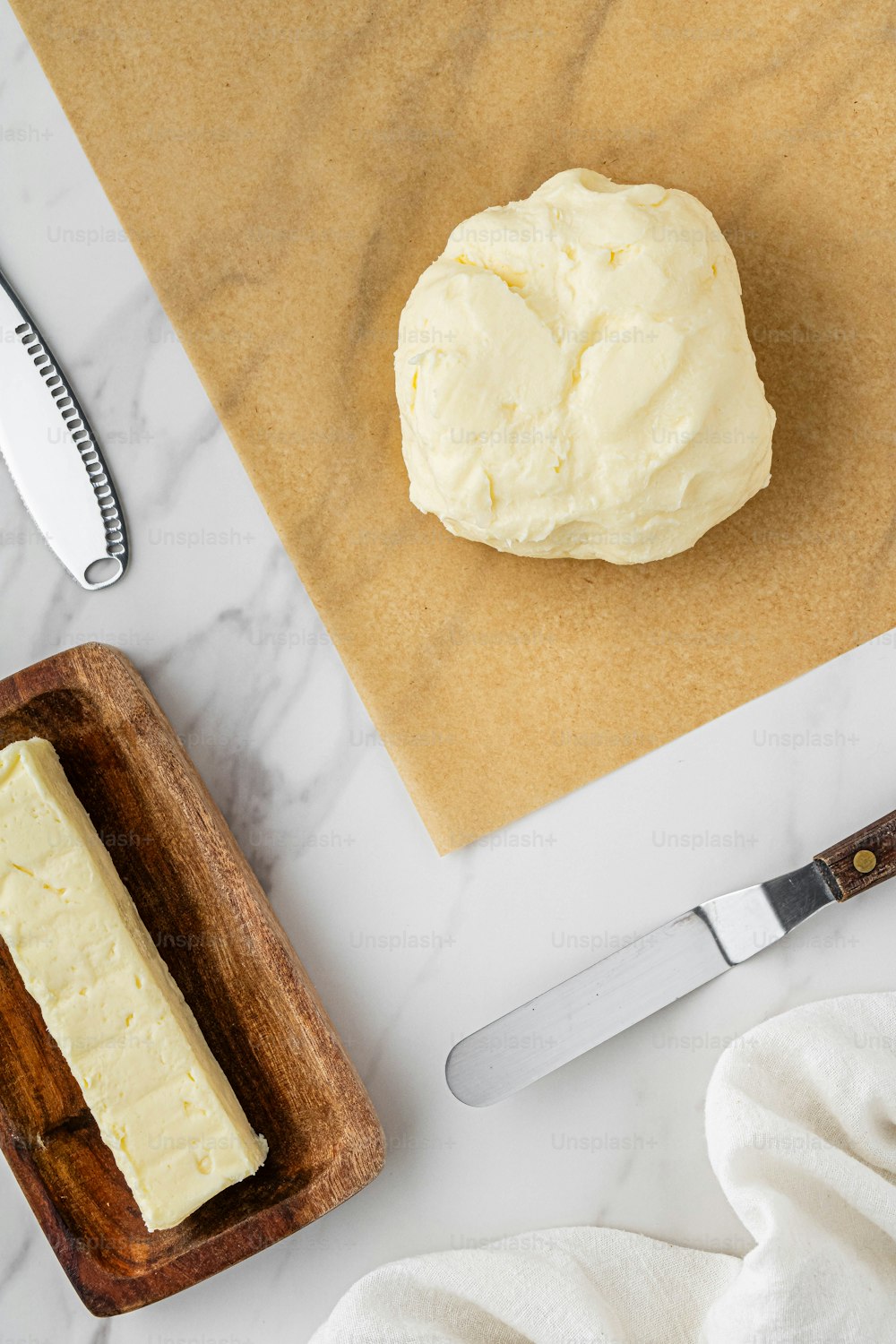
## What Exactly is a Butter Board?
Butter boards, a creative culinary innovation, are becoming a staple in foodie culture, particularly as we approach festive seasons. They’re the center of attention at parties and gatherings, offering a novel and versatile appetizer that appeals to all age groups.
Butter boards are essentially wooden planks or ceramic dishes adorned with butter and garnished with various toppings such as flaky sea salt, freshly milled pepper, assorted spices, fresh herbs, citrus peel, edible blossoms, and honey. This concept is the brainchild of Joshua McFadden, an award-winning chef based in Portland. The butter board is a reimagined charcuterie board, but with flavored butter playing the starring role.
These boards are highly customizable, transforming the humble butter into an interactive and tactile experience. Generally served with bread, toast, crackers, or scones, the butter board is a modern twist on compound butter (butter infused with herbs, spices, and other ingredients) but in a different presentation.
Crafting Your Butter Board: Step-by-Step Guide
- Temperature is Key: Begin by allowing your premium unsalted butter to reach room temperature. Leave it out for about half an hour, or whip it using a stand mixer until it becomes fluffy and light. Room-temperature butter has a substantial texture, while whipped butter is delicate and airy.
- Prepare Your Board or Plate: Clean your board or plate thoroughly. It’s advisable to use a board dedicated to vegetables only. You can also opt for a new board to avoid any grooves where butter can accumulate. Alternatively, use a charming plate or lay down a piece of parchment paper on a wooden board.
- Spread Creatively: Use a spoon or an offset spatula to spread the butter on your board or plate. A single stick of butter, equivalent to 2 tablespoons, is sufficient for 4-6 individuals.
- Add Toppings: Garnish generously with flaky sea salt, freshly ground coarse black pepper, and any other flavorings of your preference. For inspiration, consider the roasted garlic butter board, comprising unsalted butter, sea salt, toasted black pepper, a whole head of roasted garlic, lemon zest, thin slices of red onions, a variety of fresh herbs, and a drizzle of maple syrup.
- Serve and Enjoy: Accompany your butter board with warm bread, toasted slices, seeded crackers, or anything that pairs well with butter. Provide small spoons or butter knives and encourage everyone to scoop, spread, and savor!
Choosing Butter Board Ingredients
- The Star – Butter: Choose high-quality unsalted butter. Since a butter board fundamentally consists of bread and butter, both ingredients should be of good quality. Kerrygold is a readily available brand, but if you have access to locally made butter, that would be an exceptional choice.
- Flaky Sea Salt: Large flakes of sea salt add a pleasing crunch and a special touch. Maldon sea salt is a favorite, offering both regular and smoked flakes.
- Pepper: Freshly ground black pepper or other peppers, such as chili flakes, contribute warmth and heat.
- Spices: A few spices can elevate your butter. Ensure they’re fresh! Spice blends work wonderfully. For instance, za’atar butter or everything bagel butter are both fantastic.
- Garlic: Fresh garlic provides a spicy bite, while roasted garlic offers a mellow warmth. Garlic butter is delightful and makes for an excellent butter board.
- Herbs: Fresh herbs are flavor powerhouses. Consider thyme, rosemary, parsley, basil, chives, sage, tarragon, mint, cilantro, green onions, and more. The world of herbs is vast and delicious.
- Nuts: Chopped nuts add texture and crunch. Experiment with pistachios, hazelnuts, almonds, walnuts, pecans, or your favorite nuts.
- Sweet Elements: A drizzle of honey, slices of fruit, fruit compotes, jams, or even maple syrup add a note of sweetness to balance the savory. Sweet and butter work exceptionally well for breakfast butter boards served with pancakes or waffles.
Serving Your Butter Board
Prepare your butter board immediately before serving. They come together very quickly, so there’s no need for advanced preparation. If you must prepare your butter board in advance, assemble it and then refrigerate it to keep the butter cold. Remove the butter board from the fridge and let it sit at room temperature for 30 minutes before serving.
Arrange butter board, dippers, small plates, small butter knives, and napkins. Everyone can help themselves by scooping the flavored butter onto bread using knives or small spoons.
Safe Butter Board Practices
While butter boards are safe, it’s essential to follow certain practices to maintain hygiene. For instance, using a wooden board can cause butter to seep into the cracks, where microbes can grow. To avoid this, do your butter board on a plate or lay down a piece of parchment paper over the board. Furthermore, discourage double-dipping by providing individual butter knives or spoons. For hot and humid climates, avoid leaving the butter board out for too long, as butter can go rancid.
